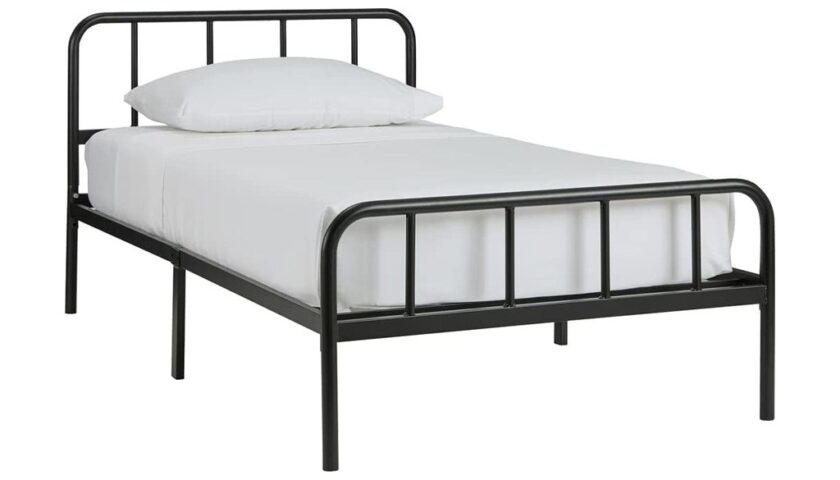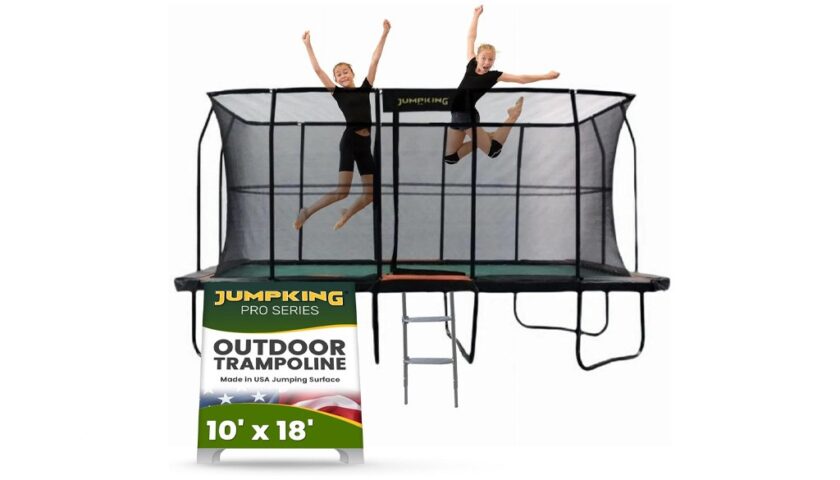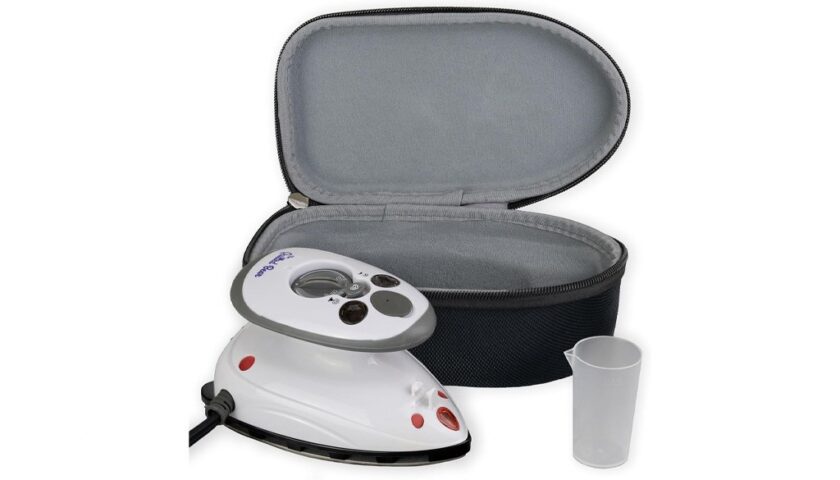Which hiking socks are best?
Hiking boots get all the credit for keeping your feet comfortable and protected on hikes. Good hiking socks deserve better. After all, it isn’t the boot that provides the most cushioning and keeps your feet warm. In fact, you should buy the socks first so you can wear them while you try boots on.
The best hiking socks are the Feideer Men’s Hiking Socks. They have mesh zones for extra breathability, and the cotton provides plenty of cushioning.
What to know before you buy hiking socks
Ankle length
Hiking socks come in multiple ankle lengths.
- No-show socks end below the ankle. They’re perfect for hot weather hikes, but they leave your ankles open to damage from debris if you aren’t on well-maintained trails.
- Ankle socks end around the ankle. They’re perfect for those who dislike tall socks but still want some extra protection.
- Crew socks go a few inches up the ankle. They add a little extra warmth and protection.
- Boot socks end between crew and over-the-calf socks and provide the same benefits.
- Over-the-calf socks end just below the knee. They’re a must for cold-weather hikes and for working to establish new trails through unkempt land.
Quantity
As hiking socks are more specialized than the average sock, they come in smaller bundles. In fact, many high-quality hiking socks are only sold as individual pairs. Two- and three-pair bundles are most common, and five-pair bundles can also be found, with larger bundles being rare.
What to look for in quality hiking socks
Material
Hiking socks use a variety of natural and synthetic materials to accomplish certain goals.
- Cotton is soft, plush and warm, but it’s best used when mixed with other materials rather than on its own. That’s because pure cotton holds on to moisture, including sweat, which rapidly decreases your comfort.
- Wool is a better alternative to cotton, as it’s equally warm and comfy but handles water better. However, some people find wool itchy.
- Silk is light and quickly wicks away moisture, but it’s fragile. Some hikers use silk for their sock liners rather than their main socks.
- Polyester and nylon are commonly mixed with cotton and wool to increase those materials’ ability to wick moisture and keep dry. You can also find hiking socks that are primarily polyester or nylon.
- Spandex is added to most socks to help them retain their shape and grip the foot to prevent bunching. Keep the spandex percentage low, as higher percentages of spandex tend to get smellier.
Weight
Hiking socks have different weight classes that are best for certain hiking situations.
- Very light socks have little to no cushioning and mainly just wick moisture.
- Light socks have some cushioning, especially at the heel and ball, and don’t get warm. They’re best for short hikes in hot weather.
- Medium socks have good cushioning across the full bottom. They also provide some extra warmth in cool weather without being too hot for warm weather.
- Heavy socks have extra cushioning and extra warmth. Use them for multi-day hiking trips and in cold weather.
How much you can expect to spend on hiking socks
They can cost as little as $5 or as much as $40. Price mostly depends on materials and quantity; for example, one pair of premium socks may cost the same as two or three pairs of mid-range socks.
Hiking socks FAQ
Is there a difference between men’s and women’s hiking socks?
A. Yes. Men’s socks tend to be a little larger, even if it’s an equivalent size to a women’s pair. They also tend to offer fewer colors.
Hiking socks should fit perfectly if you want to avoid blisters. For example, if you typically shop for men’s sizes but have small feet, consider women’s sizes instead.
How many pairs of socks should I take with me on hiking trips?
A. That depends on the weather, the trails you’re taking and how long the trip is. The worse the weather and trails, and the longer the hike, the more socks you should bring. Pack more socks than you think you need, just in case – at least a pair a day, with an extra pair or two each day depending on how rough the conditions are.
What are the best hiking socks to buy?
Top hiking socks
What you need to know: These cushy socks are perfect for the average hike.
What you’ll love: The cotton-polyester mix keeps your feet cushioned and warm while preventing the socks from becoming waterlogged. They’re machine-washable and resist unpleasant smells. They come in three size ranges, multiple colors and in packs of three or five pairs.
What you should consider: A few consumers reported them to run small and that the ankle isn’t as high as the picture makes it seem.
Top hiking socks for the money
Darn Tough Women’s No-Show Hike Socks
What you need to know: Grab these no-show socks for short, hot hikes.
What you’ll love: The toe is seamless to lower the chances of rubbing and irritation. The bottom is lightly cushioned without feeling bulky. The mix of nylon, wool and spandex keeps it feeling warm, dry and tight enough not to slip around. They come in three colors.
What you should consider: The no-show ankle leaves your legs open to scratches. A few customers reported feeling a little warm on especially hot days.
Worth checking out
Darn Tough Women’s Mountaineering Socks
What you need to know: These over-the-calf socks are excellent for cold-weather hikes.
What you’ll love: These get top marks for their cushioning and shock absorption. Their warmth comes from a wool-nylon mix that also helps to wick excess moisture away. They’re made in Vermont, and Darn Tough replaces worn and torn socks for free.
What you should consider: Only one pair is included. A few purchasers found them to feel too tight. They’re too warm for anything but cold weather.
Prices listed reflect time and date of publication and are subject to change.
Check out our Daily Deals for the best products at the best prices and sign up here to receive the BestReviews weekly newsletter full of shopping inspo and sales.
BestReviews spends thousands of hours researching, analyzing and testing products to recommend the best picks for most consumers. BestReviews and its newspaper partners may earn a commission if you purchase a product through one of our links.
Distributed by Tribune Content Agency, LLC.





